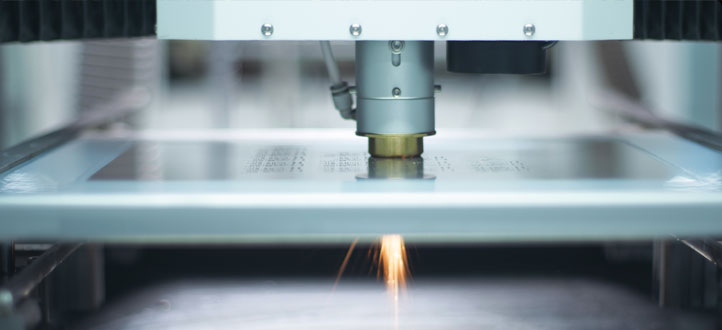How is smt stencil made?

In the PCB assembly process, the solder paste printing process is a critical step. During this process, a special tool called a steel stencil, also known as an SMT template, is used. The fabrication methods for the steel stencil include chemical etching, laser cutting, and electroforming. Each method has its own advantages and disadvantages. Let's take a detailed look at them.
1. Chemical Etching Method:
In the process of making a steel stencil using the chemical etching method, the first step is to create a film. The bottom plate is made using photolithography, and then a photosensitive etch-resistant material (dry film) is applied on both sides of the metal plate using double-sided lamination. Subsequently, exposure and development are performed, and the dry film is exposed using the created bottom plate as a mask to form a negative solder pad pattern. Finally, etching is carried out to remove the dry film from the masked areas, resulting in a metal plate with properly formed holes. After being assembled with adhesive mesh, the final steel stencil is obtained. The advantages of the chemical etching method include rapid fabrication and affordability. However, it has drawbacks such as being environmentally unfriendly, producing rough hole walls, and imprecise hole positions and sizes.
2. Laser Cutting Method:
The laser cutting method uses a computer-controlled laser head for cutting. Firstly, the steel plate is fixed in a fixture, and then the laser head is controlled by the computer to make laser perforations. The laser cutting method offers high precision. As the cutting process is computer-controlled, the errors in hole sizes and precision are minimal, ensuring high accuracy. Since laser perforation results in smooth hole walls without contamination, this method is advantageous. However, the drawback is that the fabrication speed is relatively slow.
3. Electroforming Method:
The electroforming method also requires film preparation, lamination, and exposure and development. Using a photographic process, a bottom plate is made, which serves as a mask for exposure, displaying the solder pad pattern on it. After film preparation, lamination is carried out, and the dry film is thermally pressed on both sides of the steel plate. Subsequently, exposure and development are performed. Then, electroplating is conducted, depositing metal on the areas of the steel plate without dry film coverage. After removing the dry film, the metal plate with properly formed holes is separated from the steel plate. Finally, after being assembled with adhesive mesh, the steel stencil is obtained. The electroforming method produces the most precise steel stencil in terms of hole positions and sizes compared to the other two methods. Electroforming increases the hardness of the steel stencil, reducing the risk of deformation, and makes cleaning easier after use. However, this method has a longer fabrication cycle, higher cost, and is more complex and challenging to control, with a certain level of pollution.
In conclusion, the above are several methods for steel stencil fabrication used in the solder paste printing process. Each method has its own advantages and disadvantages, and selecting the appropriate fabrication method based on specific needs is essential.

